Over the last 40 years, IWSR has built up the world’s largest database on the beverage alcohol market. It claims to understand the market, category and brand performances of products in 157 countries across the world using local market input. Occasionally, IWSR releases market reports, and occasionally we run those market reports because we find them interesting and insightful. Here’s one right now!
Most craft spirit categories saw double-digit growth in 2017, and future growth potential is still huge. Craft spirits claim 3.3 percent of the total U.S. spirits industry, while its growth of 1.5 million 9-liter cases last year contributed to 31.1 percent of the total spirits growth in the United States, according to the recently released IWSR U.S. Craft Spirits Report 2018.
Craft spirits in the United States continue to significantly outperform the overall industry in terms of both volume and value growth. From 2010 through 2017, the CAGR for overall spirits volume was 2.8 percent, while the CAGR for craft spirits was 25.8 percent. Looking forward to 2022, total spirits volumes are forecasted to perform at a CAGR of 2.1 percent in comparison to craft’s 22 percent.
Whiskey
The 580,000 9-liter cases of U.S. craft whiskey added to the market made up 36.9 percent of the overall category growth in 2017. Other craft categories contributing significantly to the growth of their parent categories include vodka (51.6 percent) and brandy (32.9 percent). U.S. craft whiskey, including all sub-segments of Bourbon, blended, rye, Tennessee, other U.S., single malt and moonshine, increased by 28.1 percent in 2017, reaching 2.6 million 9-liter cases. The category is forecasted to reach 7.8 million cases by 2022 on a CAGR of 24.3 percent. U.S. whiskey held a 35.3 percent share of total craft spirits by volume and 42.8 percent by off-premise value last year.
Among the brands tracked by the IWSR, the average U.S. craft whiskey brand retails for $40.52. Craft bourbon holds the lion’s share of U.S. craft whiskey, with a 46.4 percent share of volume and a 45.7 percent share of off-premise value. The craft Bourbon category surpassed the 1 million 9-liter-case mark in 2017, on a 41.9 percent growth rate. Craft bourbon is forecasted to add another 2.4 million 9-liter cases by 2022, surpassing 3.6 million cases in total.
Despite the size and growth and of U.S. craft whiskey, the category is not yet considered crowded. Categories deemed as crowded to the IWSR include moonshine, vodka, liqueurs and, to some extent, rum and gin. Product differentiation is key for these categories in order to stand out from the other offerings.
Emerging categories
There are many untapped categories in the craft sector; emerging categories include agave-based spirits, aquavit and soju. Consumer interest and demand for tequila and mezcal are not showing any signs of slowing. The U.S. market is also on the verge of tapping into the soju category through local distillers producing the spirit domestically.
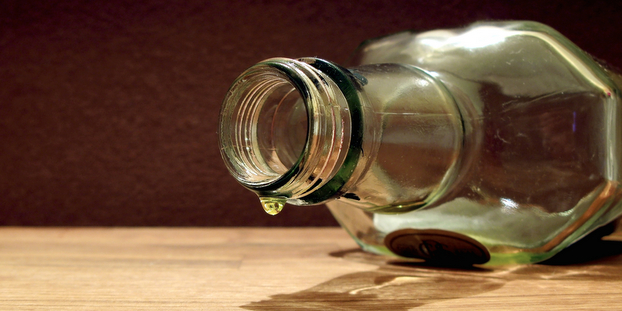
While parts of the market are showing signs of crowding, on the whole the IWSR believes there are decades to go until any saturation point is reached in craft spirits: the number of distilleries per capita (10.6 per 1,000 adults) is still dwarfed by breweries (37.3). The recent growth trajectory of craft spirits coupled with the vast number of distilleries currently in planning suggests the future is bright for the craft spirits industry.
The IWSR U.S. Craft Spirits Report 2018 uses select results from the Craft Spirits Data Project, a collaborative project led by the American Craft Spirits Association, Park Street and the IWSR, the leading source of data and analysis on the alcoholic beverage market. The report also covers deeper, granular perspectives on the impact of craft spirits on the industry from the IWSR’s analysts, including IWSR-collected data on craft spirit brand and categories.

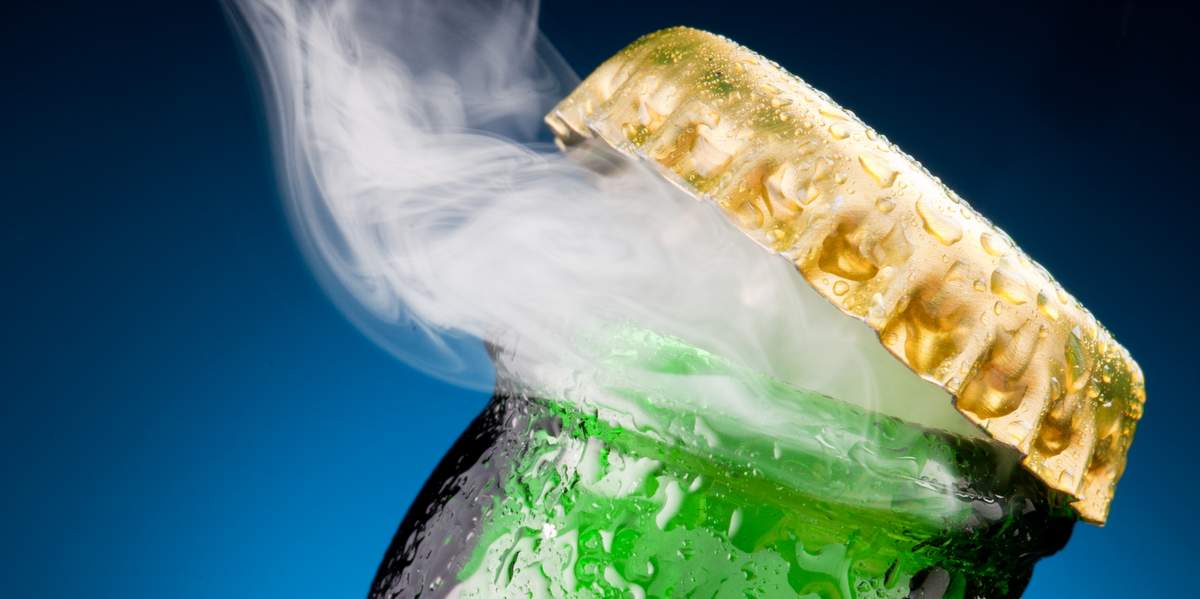
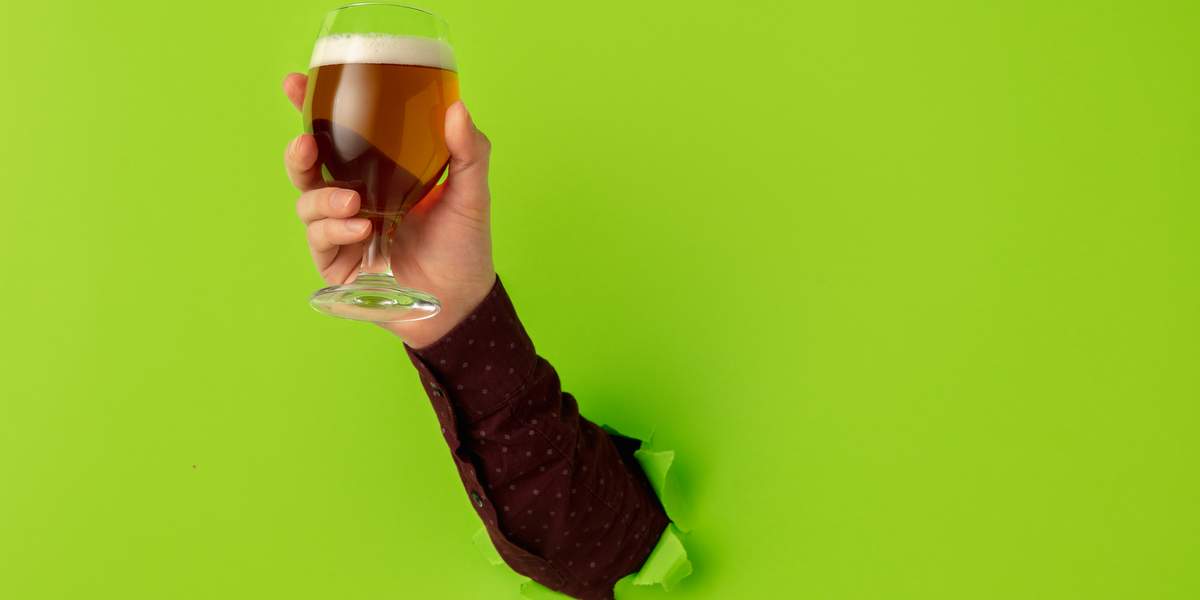
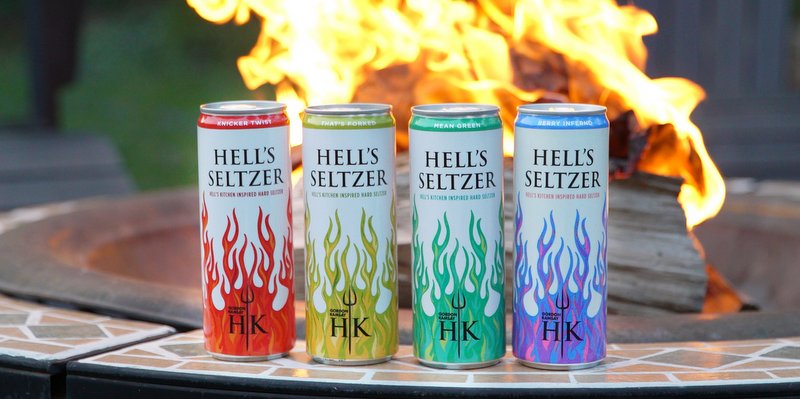
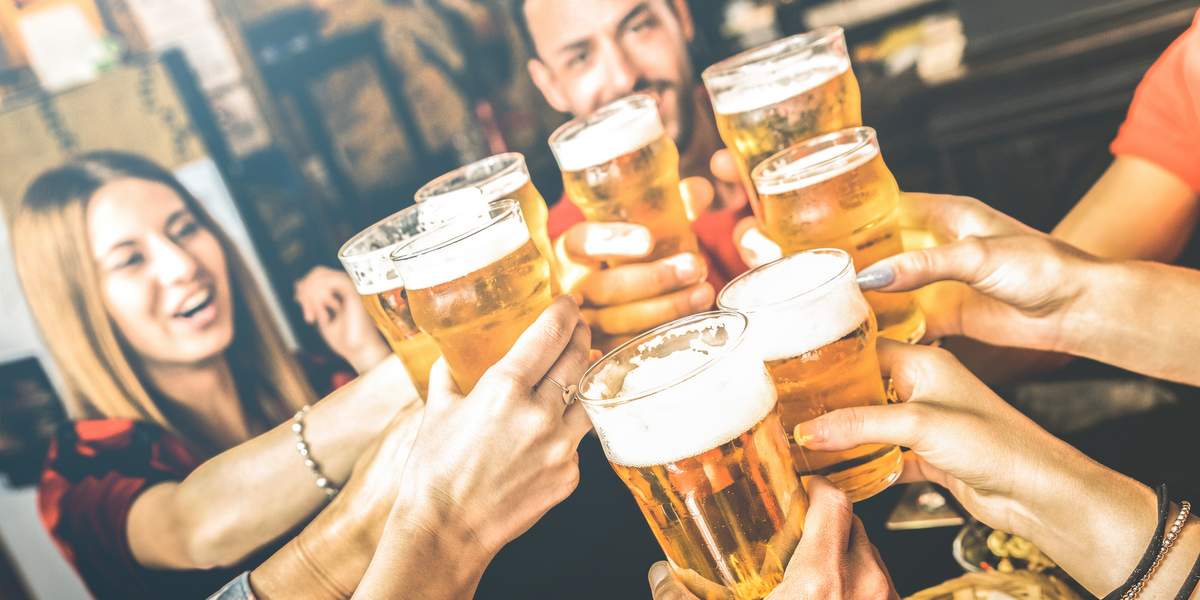
Craft Brewing Business says
Spirit sales and marijuana are spooking brewers, and some are getting into the game. Beer volume overall has been declining for some time. The overall industry is down 0.7 percent year-to-date through Oct. 13, according to Nielsen cross-channel and convenience data. U.S. beverage alcohol consumption declined overall for the second consecutive year in 2017 (by -0.2 percent), according IWSR’s U.S. Beverage Alcohol Review. Beer volumes were the cause (-0.5 percent), which weighed down the performance of total beverage alcohol, while spirits (+2.3 percent) and wine grew (+1.3 percent). In 2017, craft brewers represented 12.7 percent market share by volume of the overall beer industry. In 2017, craft brewers saw a 5 percent rise in volume and an 8 percent increase in retail dollar value, according to the BA’s annual stat report. Production volume for the craft beer segment increased 5 percent during the first half of 2018. The craft segment is slowing to a matured growth. But over the past 19 years, beer’s share of the alcoholic beverage market has tumbled from 56% to 46%. Where have those 10 points gone? Just two have gone to wine. Eight have poured directly into spirits, which now grab well over a third of the market, according to info released by the Distilled Spirits Council earlier this year. Or something.
David Lucas says
So is craft beer losing out in competition to craft spirits? 🤔 🤔